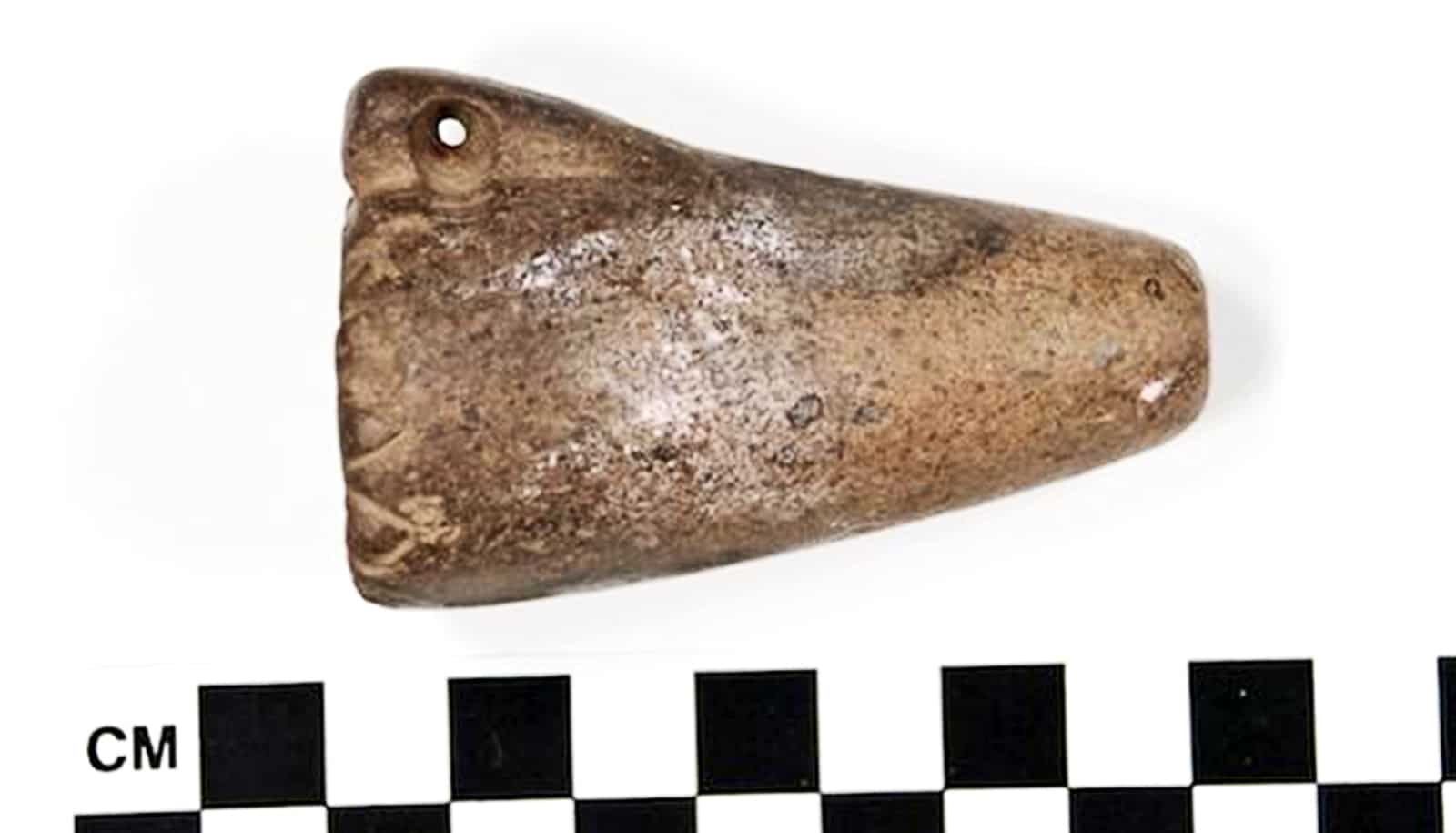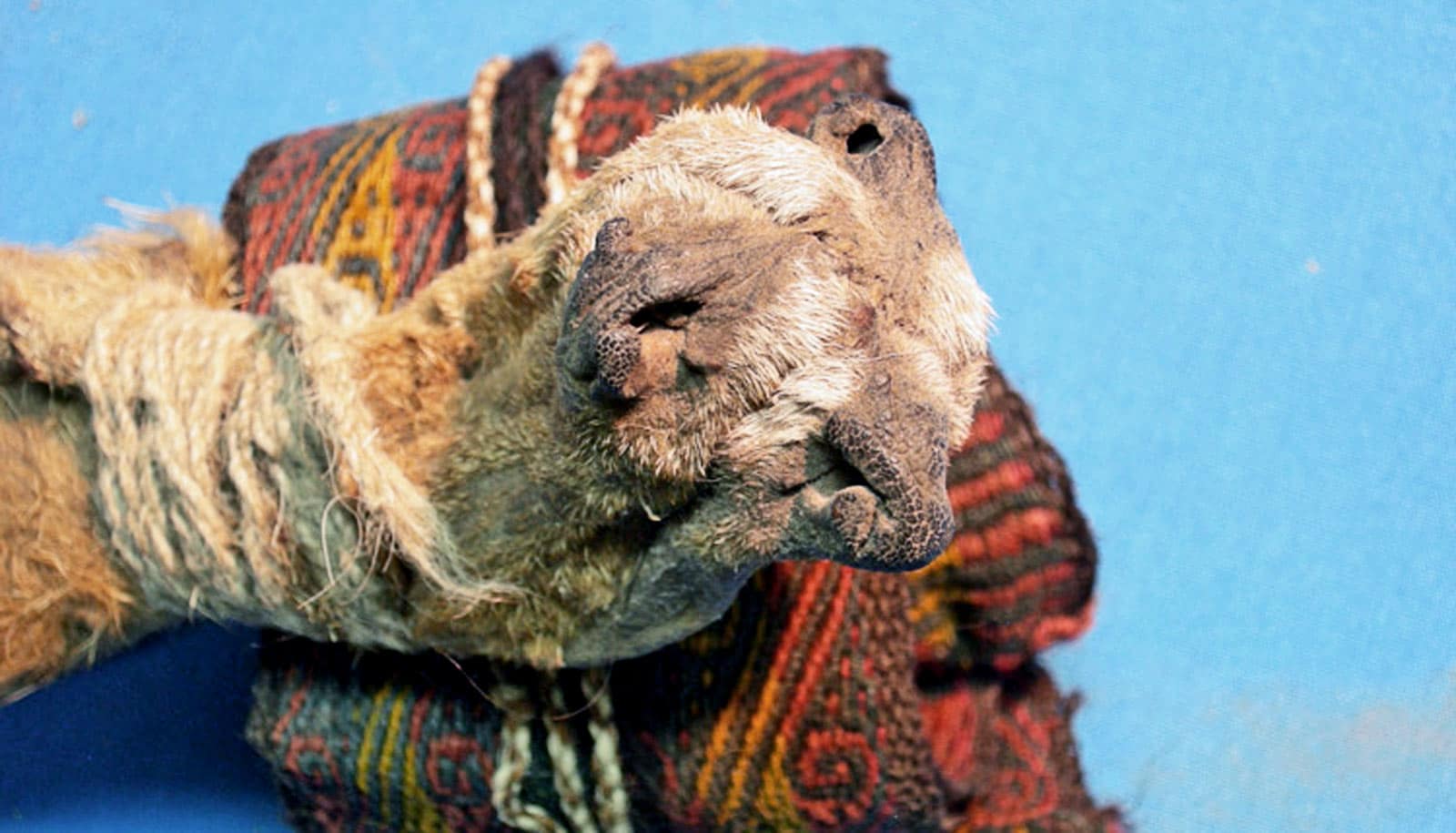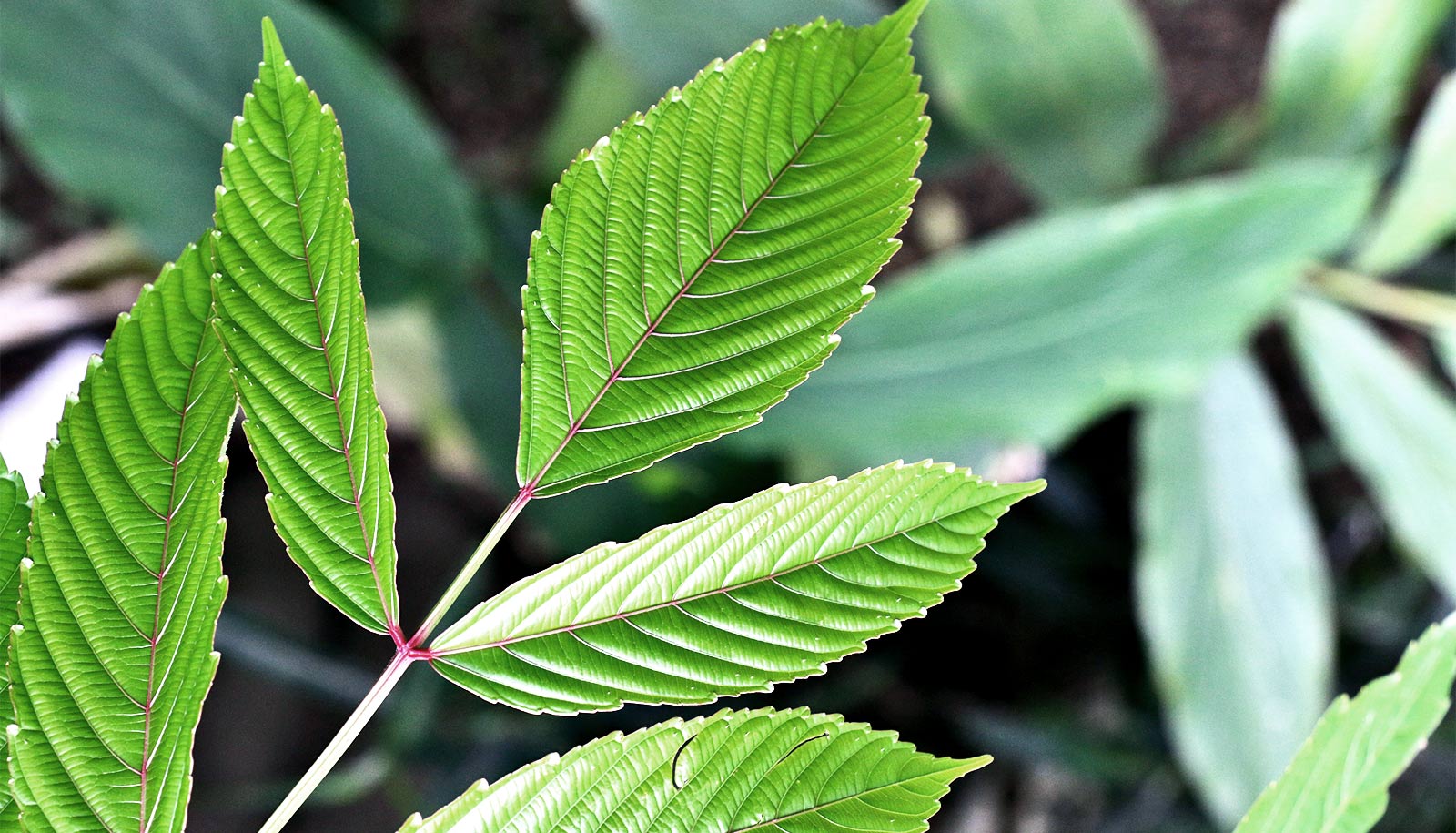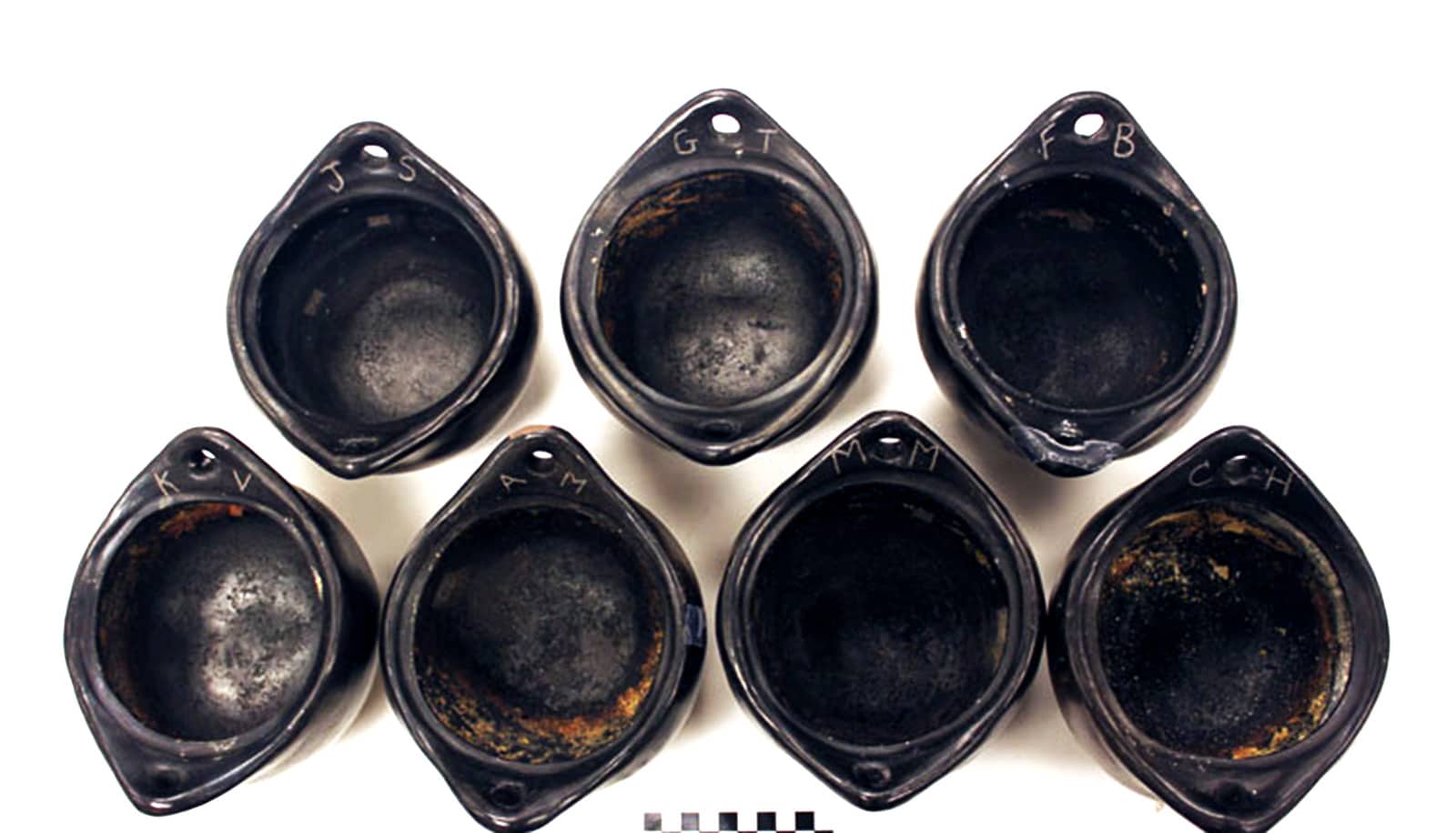Metabolomics—a big-data approach to study small molecules called metabolites—has helped uncover what plants Native Americans smoked before and after European colonization of North America, researchers report.
Researchers used the approach to study the differences between closely related plant species found in ancient pipes.
This is the first time that a metabolomics-based research approach has been conducted to identify the types of tobacco and medicinal herbs used in ancient America.
“Our groundbreaking study adds a new dimension to the field of metabolomics,” says, Korey Brownstein, a postdoctoral researcher at the University of Chicago who studies molecular plant sciences.

North American indigenous communities smoked around 100 different plant species, according to the researchers. However, the relationships between plants and people had not been previously explored within a scientific framework.
In the past, researchers utilized a biomarker approach that links the presence of metabolites, or small plant compounds, to that specific plant’s use. While researchers had discovered that a long practice of indigenous smoking had changed due to the introduction of domesticated trade tobacco from Euro-American traders, they were not able to distinguish between trade and local tobacco species, as they all contain nicotine. Previous studies also failed to decipher the medicinal applications of these plants.
Brownstein’s study looked at two pipes: one from the period before indigenous people had contact with Euro-Americans, estimated to be between 1,334 and 1,524 years old; and one from post-contact, which dates to around the end of the 18th century.
The research team also tested five full bowls of a variety of commonly smoked plants in each of five experimental replica pipes, and then divided the pipes into parts—an effort to classify the species in the two artifacts, detect compounds in the smoked plant and replicate the archaeological preservation process.
Ultimately, the research team found a biomarker for nicotine in both the pre-contact and post-contact pipes, indicating that tobacco had probably been smoked in each. Using metabolomics, the team saw specifically that the tobacco species N. quadrivalvis—a species now extremely rare in Washington state—had been smoked out of the pre-contact pipe along with R. glabra, a species of sumac which was often mixed with tobacco for its medicinal qualities and to improve the taste of the smoke. This study marks the first scientific proof of a non-tobacco plant in an archaeological pipe.
Unlike its pre-contact counterpart, the post-contact pipe showed no indication of N. quadrivalis, instead sharing compounds with another tobacco species, N. rustica. This is particularly interesting given that N. rustica is not only still absent from the western United States, but was originally domesticated in South America—which suggests that the species was most likely introduced by Euro-American traders in the 1700s as a major trade commodity. Historically speaking, indigenous tobaccos became much less commonly used as a result of that trade.
Brownstein and his colleagues’ work scientifically illustrates the evolution of tobacco use from local to domesticated trade species in Native American communities in the Northwest. Their approach proves that metabolomics can not only help identify more plant taxa and the use of various specific plants in ancient artifacts, but that future studies in the field can use these results to address anthropological questions about the methods and rituals behind smoking long ago.
The research appears at Frontiers in Molecular Biosciences. Additional coauthors are from Washington State University.
Funding came from the National Science Foundation, ARCS Foundation, Anne and Russ Fuller Fellowship for Interdisciplinary Research, and the USDA National Institute of Food and Agriculture.
Source: Eliana Waxman for University of Chicago



